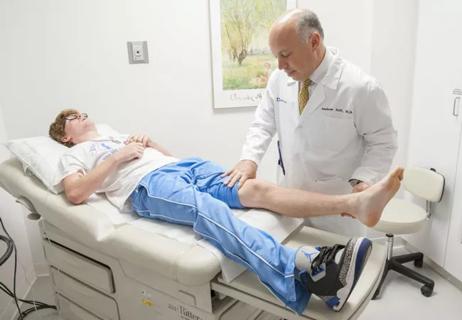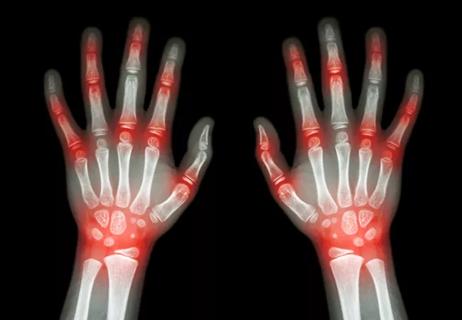When to suspect concurrent giant cell arteritis
Patients with polymyalgia rheumatica (PMR) often present with weakness, fatigue, malaise, and stiffness in the morning and after resting. The disease is most common in patients who are over 50, and it is two to three times more common in women than men. The same population also is more commonly affected by giant cell arteritis (GCA).
Advertisement
Cleveland Clinic is a non-profit academic medical center. Advertising on our site helps support our mission. We do not endorse non-Cleveland Clinic products or services. Policy
In this video case study, Alexandra Villa-Forte, MD, MPH, staff physician in Cleveland Clinic’s Center for Vasculitis Care and Research, presents the case of a 74-year-old woman who presented with acute onset of pain in her shoulders and hips. The pain had become worse with or following rest, and the patient was experiencing morning stiffness, fever and fatigue.
Her physical exam showed no joint swelling or signs of synovitis. Her blood pressure was 190/100, her heart rate was 88, and she had no history of hypertension.
The patient received a diagnosis of polymyalgia rheumatica and was started on prednisone at 30 milligrams a day. Within three days, her symptoms were resolved.
And then the patient returned with a recurrence of bilateral shoulder and neck pain, morning stiffness and fatigue. Despite medication, her blood pressure was still elevated. Her prednisone gradually was increased to 40 milligrams a day, at which point her symptoms resolved within a week.
Computed tomography angiography showed a 5.7 cm ascending aortic aneurysm and left subclavian stenosis. The aneurysm was surgically repaired and a graft was placed. The aorta showed granuloma dose transmural inflammation consistent with aortitis. The patient’s final diagnosis was giant cell arteritis with polymyalgia rheumatic (PMR).
This case demonstrates why it’s important to remember that PMR may present with sub-clinical giant cell arteritis, which is seen in up to 16% to 30% of patients.
Subclinical GCA should be considered when:
Advertisement
Advertisement
Advertisement

New clinic meets Hispanic patients where they are

Fellows will train under faculty with broad range of expertise

Collaboration was key to identifying source of nerve condition

New research explores the role of immune cell and blood-brain barrier changes

Significant advances had a direct impact on clinical practice

Adam Brown, MD, shares his passion for solving rheumatologic mysteries

Unraveling the TNFA receptor 2/dendritic cell axis

Nasal bridge inflammation, ear swelling and neck stiffness narrow the differential diagnosis